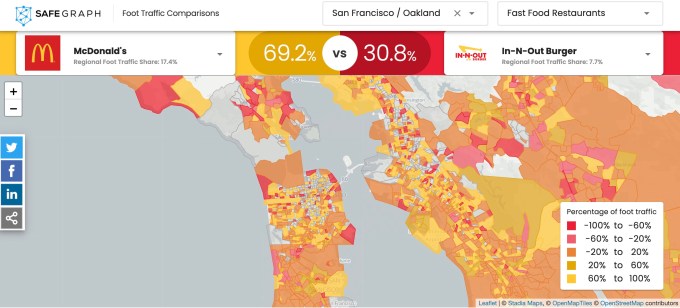Wise, the London headquartered company that made its name offering international money transfers and is reportedly planning an IPO, has accused its former banking partner in Brazil of a “smear campaign” after it was accused of fraud — claims that Wise says are “false and unfounded”.
The war of words between Brazil’s MS Bank and Wise appears to have followed Wise securing its own FX broker license from Brazil’s Central Bank in January, meaning that its partnership with MS Bank would soon come to an end. The following month, without prior notice, MS Bank terminated its contract with Wise and informed customers that it was launching its own transfer service called CloudBreak.
Without a banking partner and before it had time to begin testing transfers under its own FX broker licence, Wise was forced to temporarily suspend its Brazil corridor. On the 12th of March, Wise was able to open its Brazilian real (BRL) to U.S. dollar (USD) corridor again, under its own license, and then things got hostile.
In an email sent to customers the same day — and shared with TechCrunch earlier this week — MS Bank alleges that Wise had been committing fraud via customer accounts. Those allegations were also repeated in a YouTube video and text published on MS Bank’s own website and focussed on a discrepancy in the way transactions are registered on a customer’s account and with the Brazilian Central Bank.
In a subsequent blog post, Wise gives a detailed and robust explanation of the discrepancy in the way transactions are recorded, categorically denying any wrongdoing, and calls out MS Bank for launching a “defamation campaign”.
In a statement provided to TechCrunch, Wise says the accusations “have been timed to raise awareness of the launch of that ex-partner’s competing product”. “We are not aware of any investigation or accusations against Wise by any regulator or other authority, either in Brazil or anywhere else,” adds the fintech company. “We are certain that we are not responsible for any fraudulent or improper activity using customer data and / or funds. Wise is taking legal measures to address this matter”.
Wise’s statement in full:
In recent weeks Wise has been the subject of a smear campaign by a former business partner in Brazil. The accusations have been timed to raise awareness of the launch of that ex-partner’s competing product. We are not aware of any investigation or accusations against Wise by any regulator or other authority, either in Brazil or anywhere else.
Wise maintains its commitment to the transparency and security of our operations for our more than 10 million customers around the world. We are certain that we are not responsible for any fraudulent or improper activity using customer data and / or funds. Wise is taking legal measures to address this matter.

